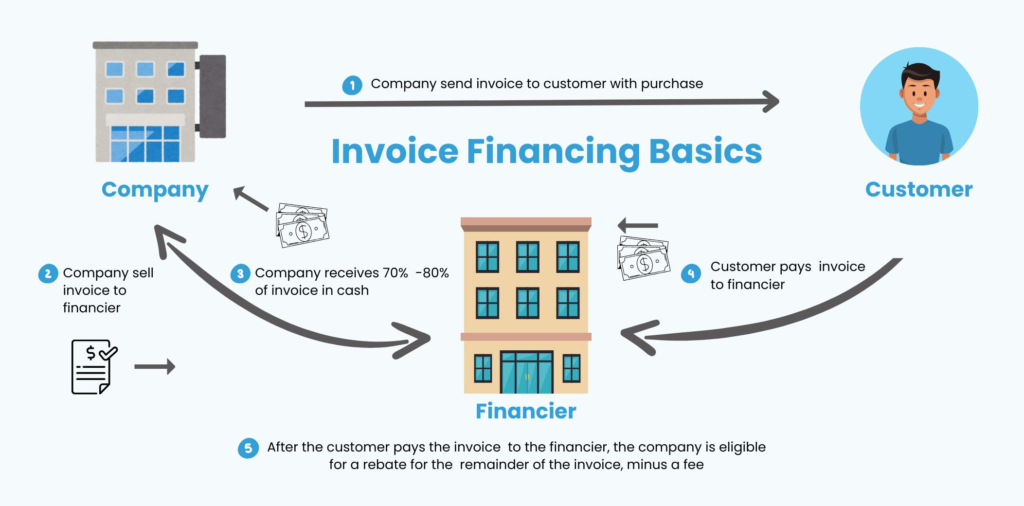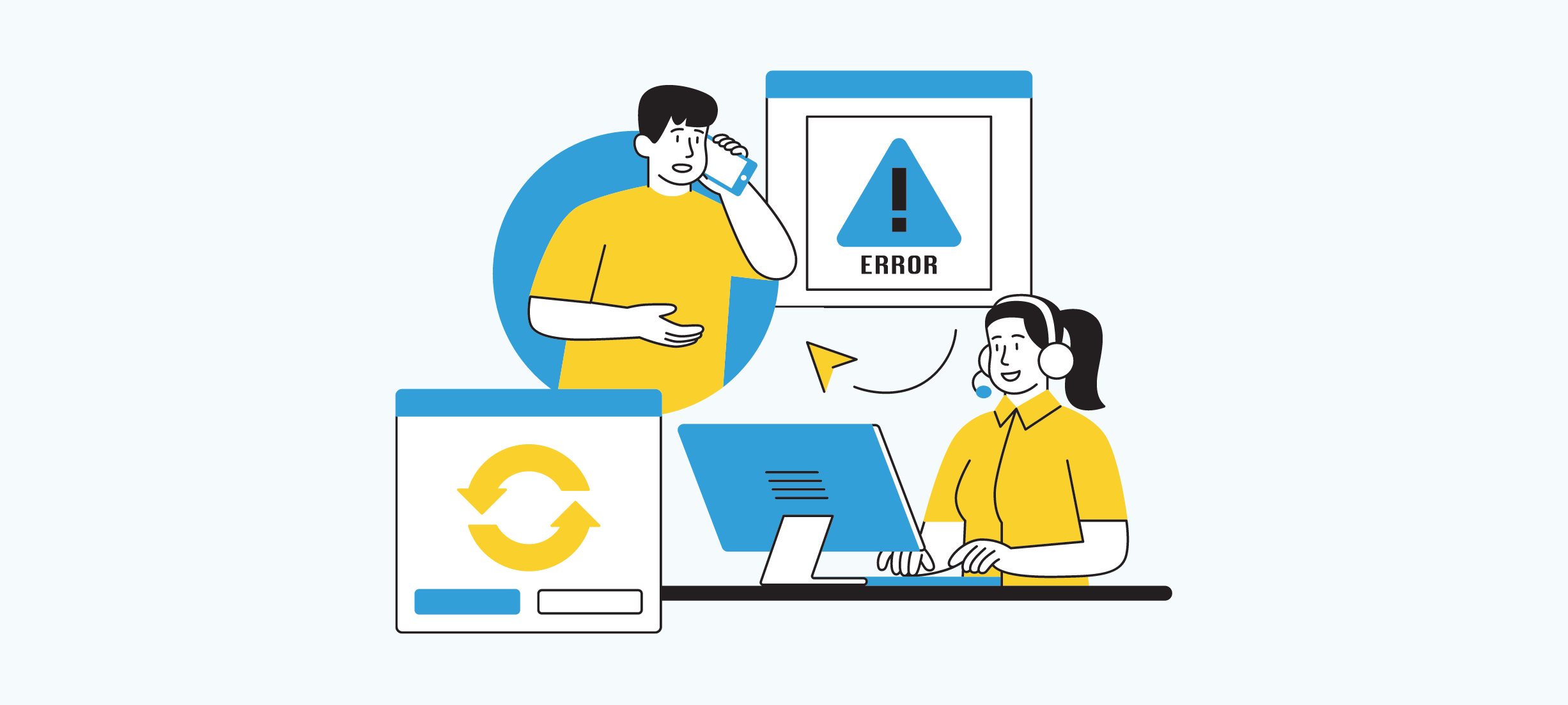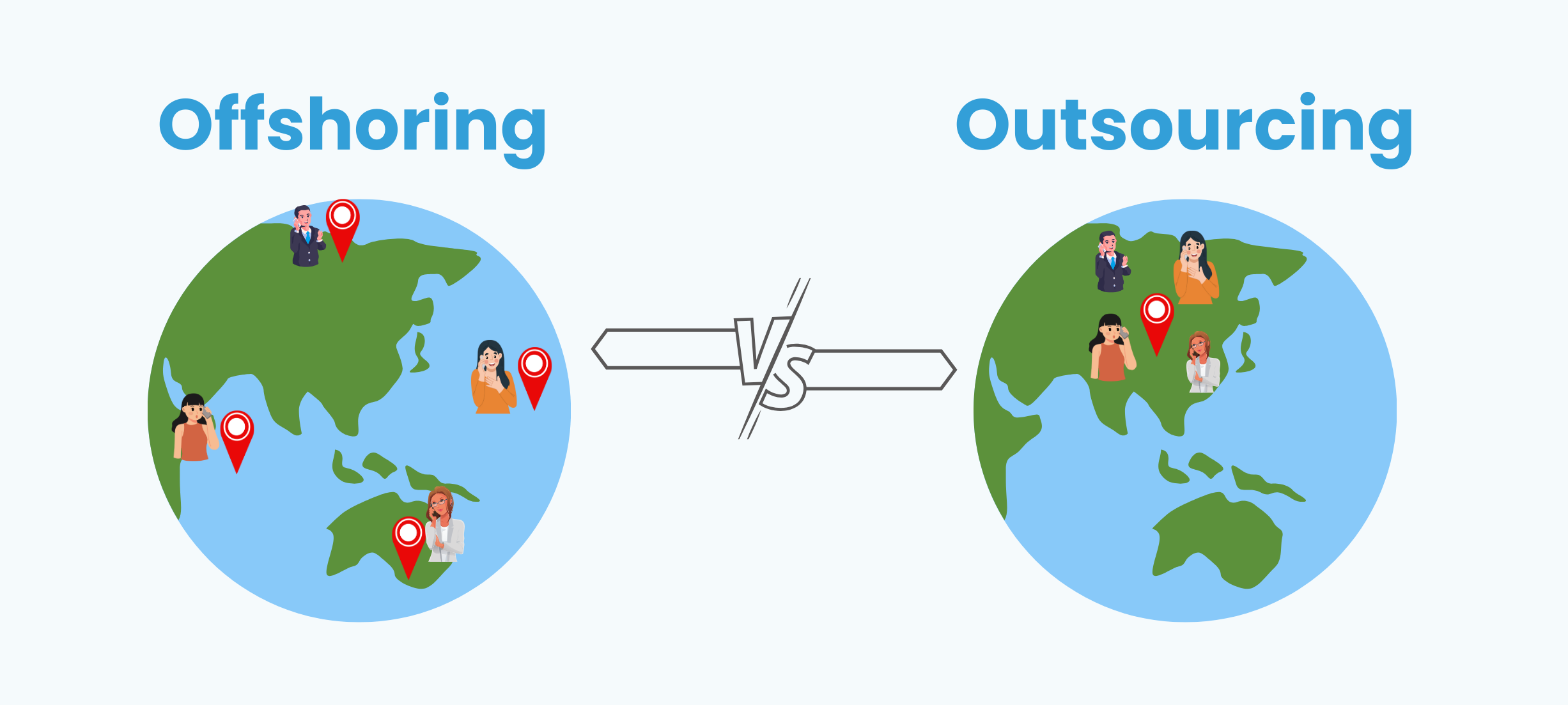Does waiting on customer payments leave your printing business feeling like it’s running on fumes? Invoice financing can be the game-changer you’ve been looking for. In this blog, we’ll learn about how invoice financing can specifically benefit the printing industry and how to unlock the cash tied up in your outstanding invoices for faster turnaround times, smoother equipment upgrades, and the freedom to take on exciting new projects—all without waiting for your customers to settle their bills.
What is Invoice financing for printing business?
Certainly! Let’s check the concept of invoice finance and its significance for printing businesses in more detail.
Imagine you own a printing company. You’ve just completed a large printing project for a client, and now it’s time to send them an invoice for the work done. However, it’s common in many industries, including printing, for customers to take their time in paying invoices. They might have payment terms of 30, 60, or even 90 days before they settle their bill.
Now, while you’re waiting for these payments to come in, you still have expenses to cover. You might have bills to pay, employees to compensate, and other operational costs to manage. Additionally, you might want to invest in new equipment, materials, or marketing efforts to grow your business. But without the cash flow from your outstanding invoices, it can be challenging to manage these financial obligations and opportunities effectively. This is where invoice finance steps in as a solution tailored to the needs of businesses like yours in the printing industry.
Invoice finance encompasses two main methods: invoice factoring and invoice discounting.
1. Invoice factoring
- With invoice factoring, you sell your unpaid invoices to a finance provider, known as a factor, at a discounted rate. The factor then advances you a significant portion of the invoice value upfront, typically around 70-90% of the total amount.
- Once the customer pays the invoice, the factor releases the remaining balance to you, minus a small fee for their services.
- This method provides immediate access to cash, helping you cover your expenses and invest in growth without waiting for customer payments.
2. Invoice discounting
- Invoice discounting is a bit different. Instead of selling your invoices outright, you use them as collateral to secure a loan from a finance provider.
- You retain control over collecting payments from your customers. The finance provider advances you a percentage of the invoice.
Why is invoice financing so popular in the printing industry?
Just as a high-speed printer saves time and boosts efficiency, invoice financing provides a range of benefits for printing businesses.
- Get paid now, not later: Forget waiting weeks or months for customers to pay. Invoice financing lets you get a big chunk of your invoice money right away, usually around 70% to 90%. This gives you the cash you need to keep things running smoothly and pay your bills on time.
- Choose what works for you: Unlike a loan, invoice financing is flexible. You pick which invoices to use and when. Need a cash boost for a big order? Sell that invoice! Business going steady? Keep the invoices and collect the full amount later. It’s all up to you!
- Stop chasing payments: Chasing down late payments is a time-sucker. With invoice financing, the company you work with handles that for you. They take care of collecting the money from your customer, freeing you up to focus on what you do best – printing awesome stuff!
- Grow your business faster: With more cash on hand and extra time freed up, you can take your printing business to the next level. Invest in that new printing machine you’ve been eyeing, hire more staff to handle bigger jobs, or take on exciting new projects. Invoice financing helps you turn your growth dreams into reality!

What are the capital options for your business?
The printing industry, despite its evolution, can require significant upfront investment. Whether you’re starting a new printing company or looking to expand your existing one, securing capital is crucial. Here’s a breakdown of various funding options to fuel your printing press:
Bootstrapping
This involves using your personal savings or funds from friends and family to finance your business. It’s a good option for businesses with lower initial costs or those who want to maintain ownership control. However, it may limit your growth potential.
Small business loans
Traditional banks and credit unions offer various loan options for small businesses. These loans can be used for a variety of purposes, including purchasing equipment, covering operational costs, or financing expansion projects. Carefully consider factors like interest rates, repayment terms, and collateral requirements before opting for a loan.
SBA loans
The Small Business Administration (SBA) in the US offers loan programs specifically designed for small businesses. These loans often come with favorable terms, including lower interest rates and longer repayment periods. Explore SBA loan options to see if they align with your needs.
Equipment financing
This financing option allows you to acquire specific printing equipment by spreading the cost out over time. Lenders may require a down payment and secure the equipment itself as collateral.
Lines of credit
A line of credit provides access to a revolving pool of funds, similar to a credit card. You can draw on this line of credit as needed, only paying interest on the amount you use. This is a good option for covering ongoing operational expenses or unexpected costs.
Crowdfunding
Online crowdfunding platforms allow you to raise capital from a large pool of individuals. You can offer rewards or equity in your business in exchange for their investment. This approach can be a good way to build brand awareness and connect with potential customers.
Angel investors
Angel investors are often wealthy individuals who invest in promising startups and small businesses. They can provide not only capital but also valuable mentorship and industry connections. Be prepared to present a compelling business plan and pitch your vision to potential angel investors.
Venture capital
Venture capitalists (VCs) invest in high-growth companies with the potential for significant returns. While securing VC funding can be challenging, it can provide substantial capital for businesses with strong growth potential.
Choosing the right option:
The best funding option for your printing business depends on several factors, including your specific needs, financial situation, and growth goals. Consider these factors when making your decision:
- Amount of capital needed: Determine how much funding you require to achieve your goals.
- Repayment terms: Evaluate the interest rates and repayment terms associated with each option.
- Business ownership: Some funding options, like venture capital, may involve giving up some ownership control in your company.
- Creditworthiness: Your credit history and business financials will play a role in securing loans or attracting investors.
By carefully evaluating your options and choosing the right funding source, you can fuel the growth of your printing business and achieve your entrepreneurial dreams.
Bottom line
While invoice financing offers a powerful tool to boost your printing business’s cash flow, managing your finances effectively is crucial for long-term success. That’s where BookkeeperLive comes in.
We’re an outsourcing accounting service specializing in helping businesses like yours in the printing industry. We take the burden of bookkeeping, accounts receivable, accounts payable, and even payroll off your shoulders, freeing you up to focus on what you do best – creating high-quality printed materials for your clients.
Our team of experienced professionals will handle all your financial tasks with accuracy and efficiency. We’ll ensure your invoices are sent out promptly, track outstanding payments, and manage your accounts payable so you can avoid late fees. Additionally, our payroll services ensure your employees are paid on time and accurately, keeping them happy and productive.
FAQs
1. What is invoice financing?
Invoice financing allows you to sell your unpaid invoices to a finance company (factor) at a discount to receive immediate cash.
2. Is invoice financing right for my printing business?
Invoice financing is a good option if you have slow-paying customers and need to improve your cash flow. It’s also helpful if you want to invest in new equipment or take on larger projects without waiting for customer payments.
3. What are the typical requirements for invoice financing?
There are three main criteria for invoice financing: the financial health of your business, the creditworthiness of your customers, and the age of your outstanding invoices.
4. What are the tax implications of invoice financing?
The discount you receive on your invoices is typically considered a business expense and is tax-deductible. It’s always best to consult with a tax advisor for specific details.








